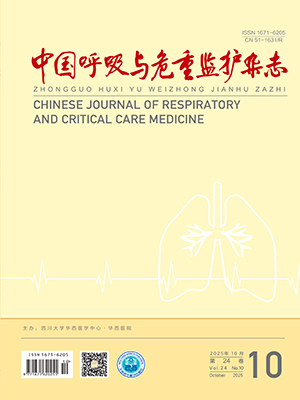Objective To investigate the clinical features, etiology and treatment strategies of patients with delirium in emergency intensive care unit ( EICU) .
Methods Patients with delirium during hospitalization between January 2010 and January 2012 were recruited from respiratory group of EICU of Beijing Anzhen Hospital. Over the same period, same amount of patients without delirium were randomly collected as control. The clinical datawere retrospectively analyzed and compared.
Results The incidence of delirium was 7.5% ( 42/563) . All delirium patients had more than three kinds of diseases including lung infections, hypertension, coronary heart disease, respiratory failure, heart failure, renal failure, hyponatremia, etc. 50% of delirium patients received mechanical ventilation ( invasive/noninvasive) . The mortality of both the delirium patients and the control patients was 11.9% ( 5 /42) . However, the patients with delirium exhibited longer hospital stay [ 14(11) d vs. 12(11) d, P gt;0. 05] and higher hospitalization cost [
28, 389 ( 58,999) vs.
19, 373( 21, 457) , P lt;0.05] when compared with the control group. 52.4% ( 22/42) of delirium patients were associated with primary disease. 9. 5% ( 4/42) were associated with medication. 38. 1% (16/42) were associated with ICU environment and other factors.
Conclusions Our data suggest that the causes of delirium in ICU are complex. Comprehensive treatment such as removal of the relevant aggravating factors, treating underlying diseases, enhancing patient communication, and providing counseling can shorten their hospital stay, reduce hospitalization costs, and promote rehabilitation.
Citation: LIANG Ying,MI Yuhong,LIU Shuang,LUO Zujin,YAO Zhihong. Clinical Features and Treatment Strategies of Patients with Delirium in Emergency Intensive Care Unit. Chinese Journal of Respiratory and Critical Care Medicine, 2012, 11(4): 387-390. doi: Copy
Copyright © the editorial department of Chinese Journal of Respiratory and Critical Care Medicine of West China Medical Publisher. All rights reserved




